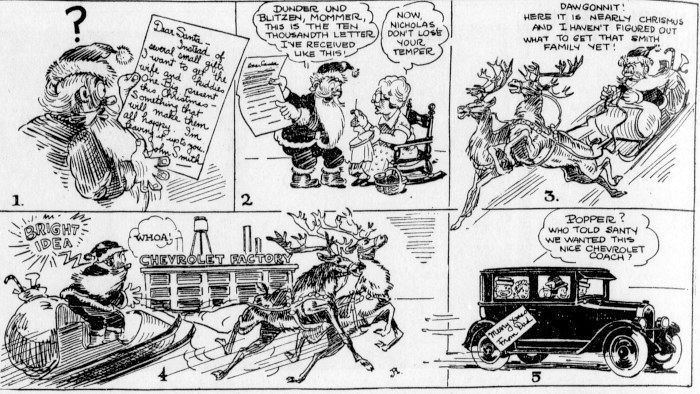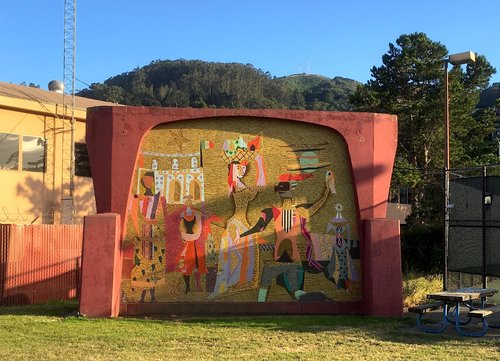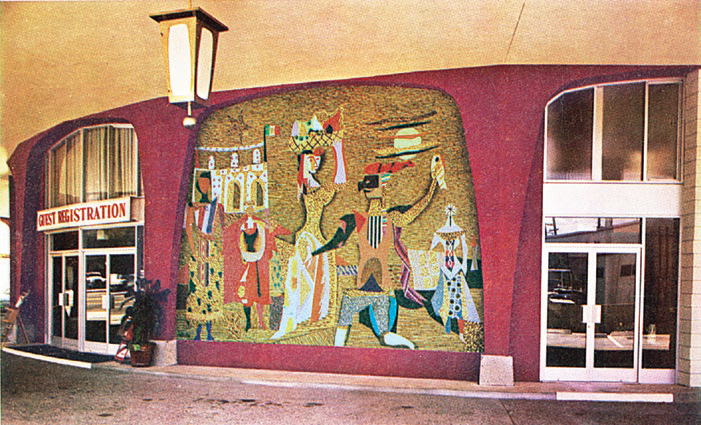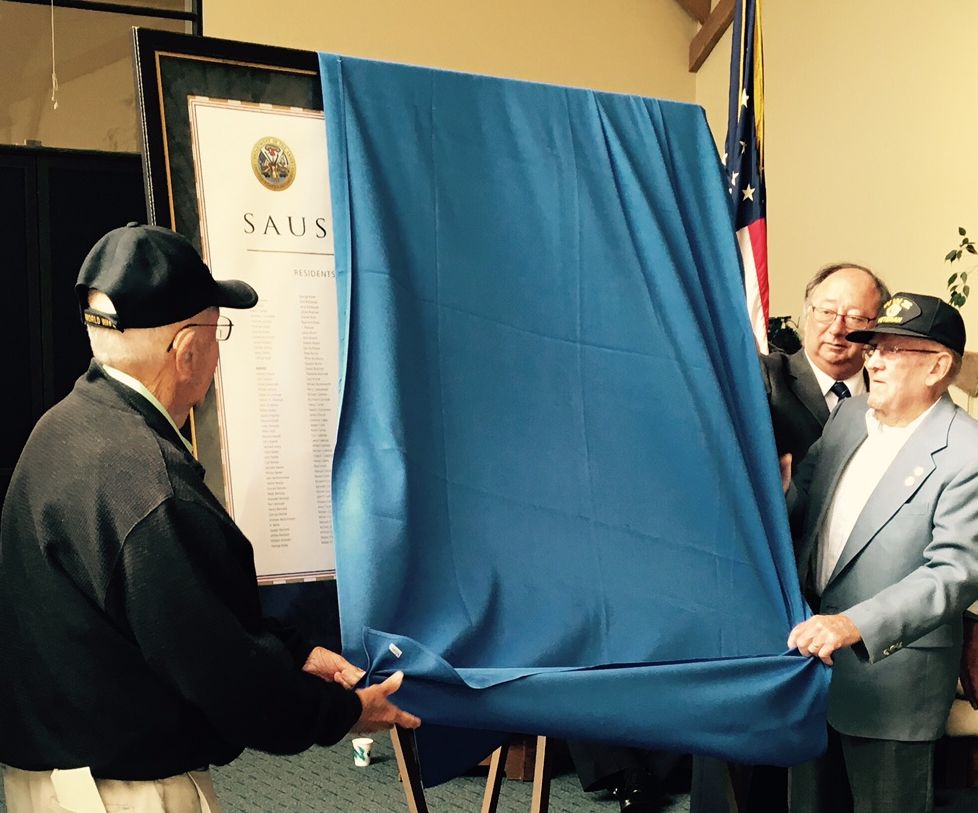By Larry Clinton, Sausalito Historical SocietyThe Sausalito railroad and ferry wharf was a commercial hub in 1888. The sign on the barn at left center advertises an auction for “Building Lots and Villa Sites.”
One hundred and thirty years ago, Sausalito was still an unincorporated village. But developers were busy attracting visitors, home buyers, and business enterprises to the growing community. All this activity led the Sausalito News to run the following optimistic New Year’s forecast:
With next Tuesday we will enter upon a New Year! With many new resolves and a fresh page opened to record the events of the future, another annual term commences! The prospects presented at this time are most encouraging. The past year has not been unprosperous; indeed it can be safely said that Sausalito, beautiful, healthful Sausalito, has made rapid strides towards becoming a town in the near future, and a town of consequence for its size at that. Those people who come here every summer to recuperate or get away from a busy city life for a little rest, all appreciate the natural advantages of Sausalito. Each season these visitors increase in number, and not a few of them buy property and make their homes here permanently. This has been the case in many past instances, and with the growing population, an equal amount of building and new homes become necessary to fill the needs and requirements of the new inhabitants.
No more beautiful or healthful spot is to be found on the coast than right here in Sausalito. The place has not yet been thickly settled, and nature still has her sway. You have the country here and yet are within a few minutes ride of the city. The air is always pure and bracing and the bright healthy complexions and appearances of its residents all proclaim it a desirable place to reside. Someday an eastern trans-continental railroad will find an entrance into San Francisco via Sausalito, and then the place will go ahead and build up rapidly and property will increase four-fold.
But what we have in sight at the present moment of benefit and advantage to our town is most encouraging. With the New Year we look forward at the very start to the immediate erection of a large complete manufactory for Electrical storage batteries, which will give employment to many people. There are great possibilities in this direction. If these batteries come into general use, as it is believed they will, it will take a small army of hands to turn out enough of these batteries to supply the demand, and all these people will reside here with their families and relations, and as a consequent result help to build up Sausalito. The Sausalito Bay Land company have in contemplation three handsome cottages near these works, and will build a number more when there is a demand for them, and will sell them on the installment plan. The Sausalito Land & Ferry company will be willing to do likewise, we have no doubt. So that as far as houses are concerned there will be nothing to find fault with. These same people will have to be supplied with the necessities of life, which will increase the business of the town and bring other merchants here. As to other building, there is a prospect of a good deal this spring. Over a dozen private parties have signified their intention of erecting houses on their property as soon as the winter is over, so that things generally will be lively during the first part of the coming year, with a prospect of continuing. The. S. L. &F. Co. are doing their best to get a permanent water supply at the tunnel they are boring at Shanghai Valley, and have good prospects of success; the present daily flow being over 50,000 gallons of water. Then to store this water supply the company will build on the crest of the hill overlooking the new school house, a reservoir that will hold over 4,000,000 gallons. The quality of the water is unexcelled, as it is pure mountain vintage. What actual results the coming year will bring forth remains to be seen. We are all hopeful, more or less, and with care and diligence may accomplish a great deal. A Iarge amount of work is laid out and, if carried out, we know that it must in a measure prove beneficial to our town in the coming NEW YEAR.
The Sausalito News can be searched and read online. Go to http://www.sausalitohistoricalsociety.com, click on Links and then click on Sausalito News.























